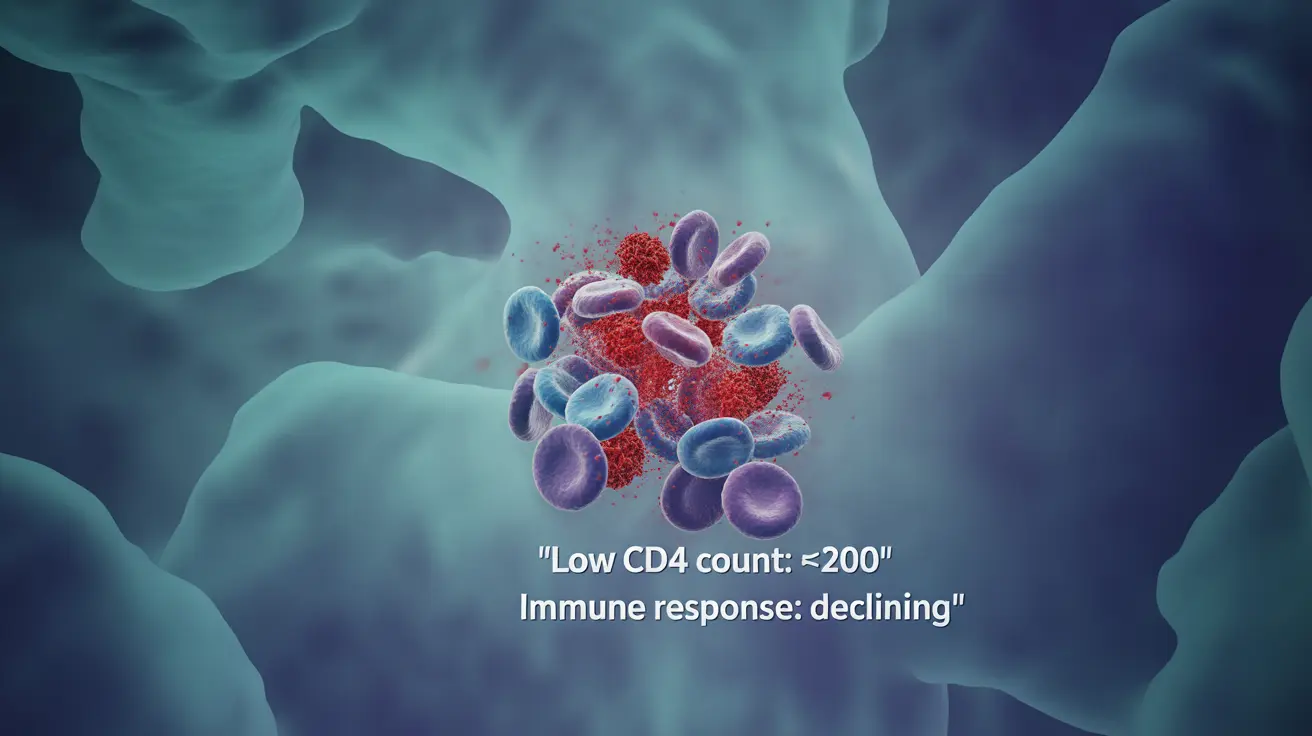Lima beans, often referred to as butter beans, are a versatile and nutrient-dense legume that offers remarkable health benefits. These creamy, mild-flavored beans are not just a delicious addition to your diet, but a nutritional powerhouse that can support overall wellness, from blood sugar management to heart health.
Whether you're looking to improve your diet or explore nutritious food options, understanding the comprehensive nutritional profile and health advantages of lima beans can be a game-changer for your nutritional strategy.
Nutritional Profile of Lima Beans
Lima beans are an exceptional source of essential nutrients, packed with vitamins, minerals, and macronutrients that contribute to optimal health. A single cup of cooked lima beans provides a substantial nutritional boost, delivering an impressive array of dietary components:
- 209 calories per cup
- 12 grams of plant-based protein
- 40 grams of complex carbohydrates
- 9 grams of dietary fiber
- Minimal fat content (0.5 grams)
Micronutrient Powerhouse
Beyond their macronutrient composition, lima beans are rich in critical micronutrients that support various bodily functions:
- Manganese: 92% of Daily Value (DV)
- Copper: 58% DV
- Magnesium: 30% DV
- Iron: 23% DV
- Potassium: 21% DV
- Thiamin: 20% DV
- Vitamin C: 19% DV
- Vitamin B6: 19% DV
Health Benefits of Lima Beans
Blood Sugar Management
Lima beans are an excellent dietary choice for individuals concerned about blood sugar control. Their low glycemic index and high fiber content work synergistically to stabilize blood glucose levels. Research suggests that legumes like lima beans can help reduce fasting blood sugar and potentially lower the risk of developing type 2 diabetes.
Heart Health Support
The soluble fiber found in lima beans plays a crucial role in cardiovascular wellness. By helping to decrease cholesterol levels, reduce inflammation, and potentially lower blood pressure, these beans contribute significantly to heart health maintenance.
Weight Management Assistance
For those pursuing weight loss or weight management goals, lima beans offer a strategic nutritional advantage. The combination of protein and fiber promotes satiety, slowing digestion and helping to curb food cravings. This makes lima beans an excellent addition to a balanced, nutrition-focused diet.
Potential Considerations and Precautions
Digestive Adaptations
While lima beans are incredibly nutritious, some individuals might experience initial digestive adjustments. Suddenly increasing fiber intake can cause temporary gas, bloating, or stomach discomfort. To minimize these effects, gradually incorporate lima beans into your diet and maintain proper hydration.
Safe Preparation Practices
It's critical to understand that raw lima beans contain potentially harmful compounds like linamarin, a cyanogenic substance. Proper cooking significantly reduces these anti-nutrients, making them safe and digestible. Always soak and thoroughly cook dried lima beans before consumption.
Cooking and Preparation Tips
Lima beans are available in two primary forms: canned (pre-cooked) and dried. For dried beans, follow these preparation guidelines:
- Rinse beans thoroughly
- Soak overnight to reduce cooking time and anti-nutrient content
- Simmer 1 cup of beans in 4 cups of water with salt
- Cook for 45-60 minutes until tender
- Incorporate into soups, stews, salads, or serve as a standalone side dish
Frequently Asked Questions
What are the key health benefits of lima beans for managing blood sugar and heart health?
Lima beans help manage blood sugar through their low glycemic index and high fiber content, which slows glucose absorption. For heart health, their soluble fiber helps reduce cholesterol, decrease inflammation, and potentially lower blood pressure.
How do lima beans compare to other beans in terms of protein and fiber content?
Lima beans offer approximately 12 grams of protein and 9 grams of fiber per cup, making them comparable to other legumes like black beans or kidney beans. They provide a significant nutritional profile that supports overall health and wellness.
Can eating lima beans cause digestive issues like gas or bloating, and how can this be avoided?
Some individuals may experience gas or bloating when first increasing lima bean consumption. To minimize these effects, introduce them gradually into your diet, ensure thorough cooking, and maintain adequate hydration.
Are raw lima beans toxic, and what's the safest way to prepare them to reduce anti-nutrients?
Raw lima beans contain linamarin, which can be toxic. Always soak dried beans overnight and cook them thoroughly for at least 45-60 minutes to neutralize potential harmful compounds and improve digestibility.
Can lima beans help with weight loss due to their protein and fiber content?
Yes, lima beans can support weight loss efforts by promoting satiety. Their high protein and fiber content helps slow digestion, reduce hunger, and control food cravings, making them an excellent addition to a weight management diet.




